A Bridge Too Far, the film adaptation of Cornelius Ryan’s book of the same name, tells the epic tale of the men who fought through Operation Market Garden.
They pushed forward, 64 miles into German territory, in an attempt to end the war within 100 days. Despite their valiant efforts, the Operation failed, on September 25, 1944.
Planning: September 11-17, 1944
On September 11, 1944, Major General Maxwell Taylor and Brigadier General James Gavin, met with their English and Polish counterparts from the 1st Airborne Army. Gavin was Commanding Officer of the American 82nd Airborne Division and Taylor of the 101st. These two men were about to lead their troops into the largest airborne assault yet attempted.
The plan was for a combined push, using British, American and Polish Paratroopers. Three cities and three bridges were to be captured, deep behind German lines. These gains would then be secured by the British XXX Corps, with armor, artillery, and mechanized infantry.
The 101st would be sent to Eindhoven, and be the first to meet up with XXX Corps. Their objectives were the two bridges over the Wilhelmina Canal, at Son and north of Eindhoven, and the bridges over the Dommel, and Zuid-Willemwaart Canals. Capturing these would allow XXX Corps to move forward north. The Division would have to capture and hold a 15 mile stretch of road, within 2-3 hours of landing.
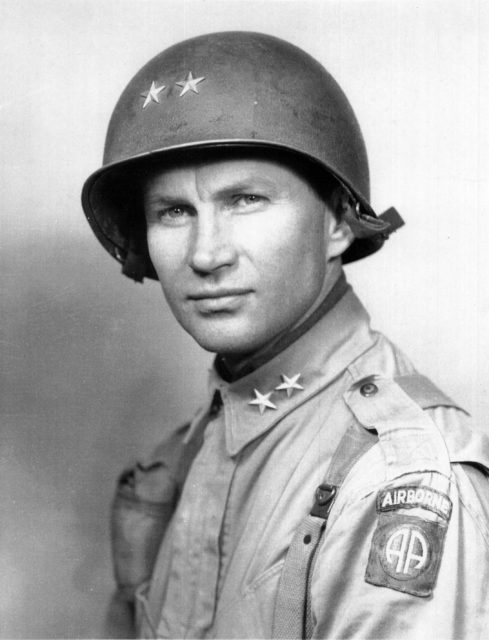
The 82nd would go to Nijmegen, between Eindhoven and Arnhem. They had seven bridges to capture, at Grave, Malden, Huemen, Hatert, Honinghutje, and finally two over the Waal river in Nijmegen. They only had to hold the position for, at most, a day or two then XXX Corps would come and dig in.
The Jump: September 17, 1944
At 1231 on the 17th, pathfinders landed, they were to guide in the main assault drops. By 1400 the main force had touched ground and moved out.
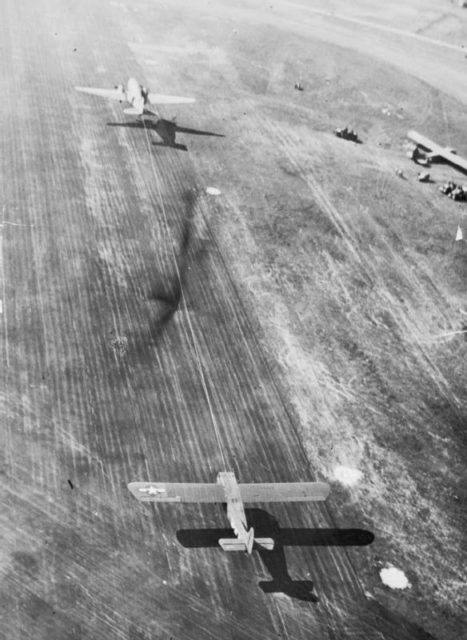
The 101st met little resistance in their initial drop and were able to capture the two bridges over the Wilhelmina Canal quickly. They moved troops towards Best but were quickly repulsed by stiff German resistance. They had to dig in for the night.
Other elements of the 101st moved towards Son, only to be met with fire from German 88mm artillery. They were able to locate and destroy the guns, but not before the Germans blew the Son bridge. The delays prevented the 101st from taking Eindhoven, having also to dig in and try again in the morning.
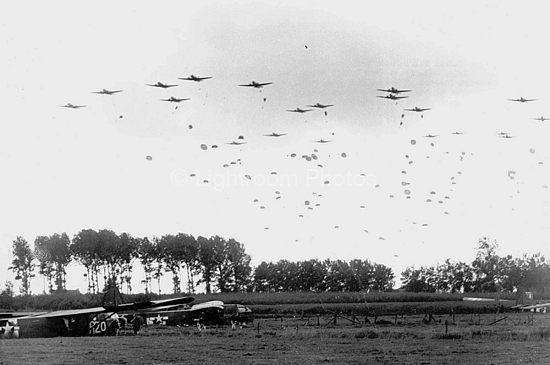
The 82nd’s day went somewhat more smoothly. They were able to capture nearly all their objectives; except the Nijmegen bridge. A night assault was attempted at 2030 but repulsed just 400 yards from the bridge. They too dug in and hoped for relief.
Days 2-4: September 18-20, 1944
On the 18th the 101st attempted to find another usable bridge, Son having being destroyed, but were unsuccessful. They met up with lead elements of XXX Corps and informed them Son bridge had been destroyed. They requested a Bailey Bridge but were forced to wait as the supply trucks had to navigate past extended traffic jams, as well as a newly liberated city.
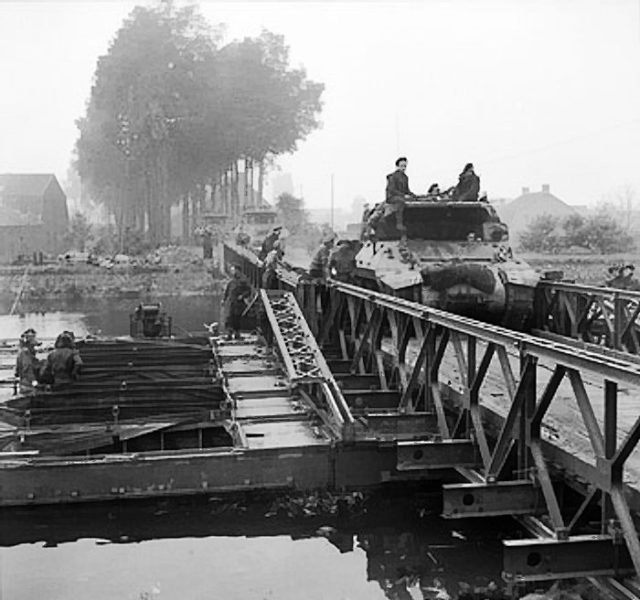
Their battle was not over yet. The Germans carpet bombed Eindhoven, burning almost the entire city center. Over the next few days, the 101st repulsed continued counter attacks. They secured their position and dug in. Then, once they passed XXX Corps off to the 82nd on the 19th, their part in Market Garden was essentially over.
The 82nd had a tougher time. Their drop zones were almost overrun, and this delayed reinforcements. Supplies finally came in the evening. However, resecuring it meant pulling troops away from Nijmegen, again delaying its capture. By the 19th, they had met up with XXX Corps.
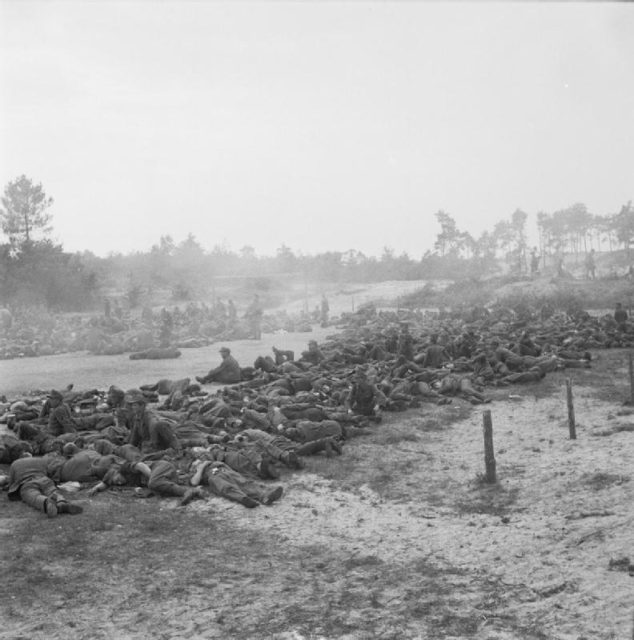
For the operation to succeed, they needed to take Nijmegen Bridge, which meant going across in small boats to capture it. XXX Corps had assault boats available, but again at the back of the column, over 10 miles away, with massive traffic jams between.
Finally, by the 20th, 26 boats arrived and, paddled by men of the 82nd led by Major Julian Cook, rowed desperately across the Waal.
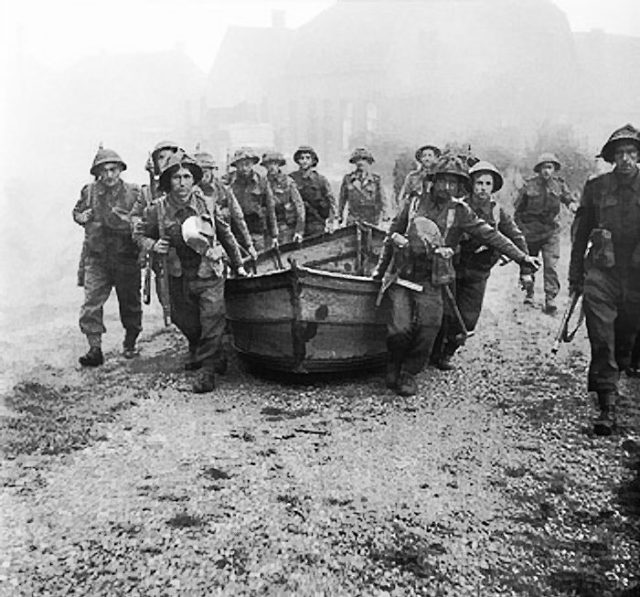
The assault was in broad daylight but supported by smoke and fire from the Irish Guards. For over 4 hours the 82nd, supported by the Irish Guards, battled over the Nijmegen bridge. By 1830, on the 4th day of the operation, two tanks of the Guards Armor made it across, to link up with the airborne troops.
200 Paratroopers died in the river crossing, a high cost for victory. By this time, the Operation should have been completed, with Arnhem captured and the front line moved 64 miles behind enemy lines. XXX Corps were still miles from their objective.
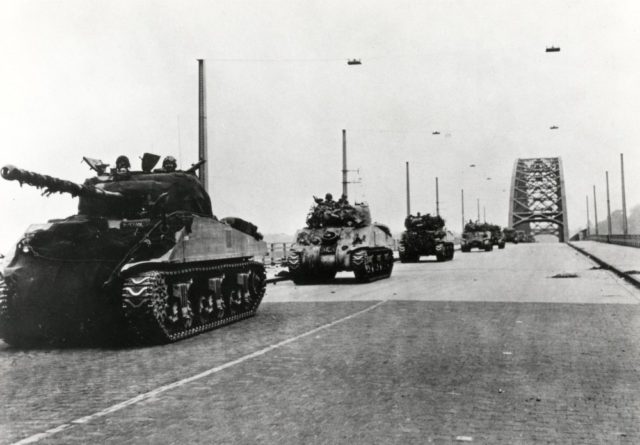
Days 5-9: September 21-25, 1944
Having taken Nijmegen, the 82nd supported XXX Corp’s advance, while consolidating their positions to the south. They were fighting an almost constant counter-attack, especially on the long single highway XXX Corps needed to run supplies and reinforcements forward.
By day seven, it was evident the Operation had failed, but the American Airborne troops held their ground and stayed in the area until early November.
